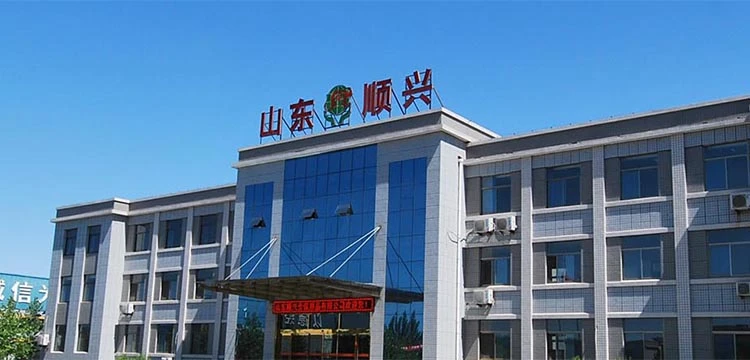How to distinguish the anti-cut PVC coated gloves currently on the market
There are many types of cut-resistant gloves, all of which are managed by a set of standard testing systems. Generally, EN388 is one of the European standards for safety protection of industrialized production gloves on the market. It was established by the European Standards Association (collectively referred to as CEN) in 2003. The latest EN388:2003 approved on July 2.
The four basic test functions of this standard are:
The number of coil turns of the wear-resistant functional glove material to resist continuous friction;
The number of times that the cut-resistant glove material resists fiber laser cutting objects;
Elasticity refers to how much company strength is needed to tear open the holes in the glove material in advance;
Puncture resistance means how much force it takes to pierce the palm of the glove with a corrected spike.
Three commonly used anti-cut glove materials:
1. Aramid fiber (Kevra): Aramid fiber is an alicyclic acrylic emulsion product. The synthetic primary color is light yellow, strong and light, with good elasticity. The relative sexual strength is 5 times the net weight of steel. It can withstand high temperature and is not easy to dissolve. Therefore, it is more suitable for field operators, such as industrial and industrial production arc laser welding, glass deep processing, etc.
2. High tenacity polyethylene fiber (Dimale Gobi): light stiffness, good compliance, good wear resistance, low friction resistance, high wear resistance, more than ten times that of stainless steel wire with the same cross section. Mainly used for workers in the field of high-purity manufacturing, such as fiber laser cutting metal material production and processing, automobile installation, metal mold operation technology, etc.
3. Hand-knitted stainless steel wire and polyester fabric: stainless steel wire gloves have strong professional skills in anti-cutting, suitable for solving the problem of knife edge in the process of human resource management, and can be used in the production of anti-bite cloth outside the food manufacturing industry.
From the raw materials of cut-resistant gloves, you can see that there is only a knife edge that solves the operation process of human resource management. If it is a highly wear-resistant fiber laser cutting, it may not be necessary.
When carrying out the anti-cutting test, take a sample from the palm of the glove, and use the tungsten steel material rotating cutter to cut back and forth with edge-line fiber laser cutting, and calculate the speed ratio required to cut through the sample to compare the standard cotton that is superimposed for the inspection test. As a result of the fabric sample, the higher the index value calculated, the stronger the anti-cutting function. However, the cut resistance test is not suitable for very hard materials. The anti-cutting performance of the high-strength polyethylene fiber reaches level 5, and the aramid fiber is level 4-5. Generally speaking, man-made fibers are better than natural fibers and cotton leather, and leather products are better than natural rubber latex.


